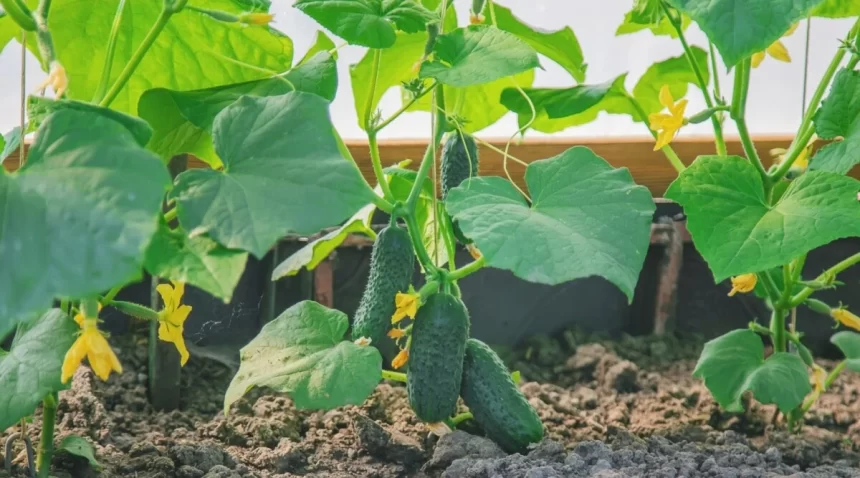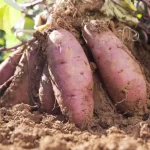When I first started my vegetable garden, I was excited but didn’t know much about which plants grow well together. I made the mistake of just planting different seeds without really planning it out. I soon found out that some plants don’t like being next to each other, while others do great when they’re planted together.
My struggles with cucumber companion planting exemplified these lessons. Through trial and error filled with both successes and frustrations, I eventually discovered which neighbor plants cucumbers love having and which they prefer to avoid. In this article, I will share with you my journey to find the best and worst companion plants for cucumbers. Hopefully my experience can help prevent you from making the same mistakes I did!
Understanding Cucumber Needs
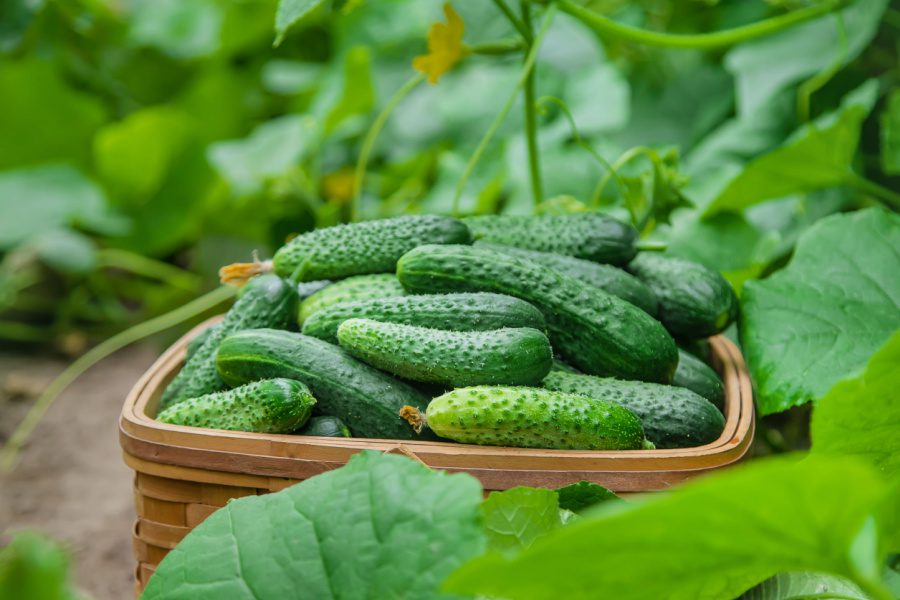
Before choosing companion plants for cucumbers, it’s important to understand what exactly cucumber plants require to grow their best. When provided with suitable growing conditions, cucumbers can be highly prolific producers all summer long. However,minor issues can stunt their growth or reduce yields.
Cucumbers require full sun exposure, as limited sunlight will restrict fruit production. They also need ample space for their vines to sprawl, as cramped quarters impede development. Fertile, well-draining soil with a pH between 6-7 allows cucumber roots to thrive. Consistent moisture is necessary while plants are developing and fruit is growing. Insufficient water results in misshapen, underdeveloped cucumbers.
Once their basic needs are met, compatible companion plants can maximize cucumber health and productivity. Wise companion choices enhance flavor, deter pests and even boost pollination. Meanwhile, incompatible plants stunt cucumber growth or introduce new pest problems.
Cucumber Companions to Avoid
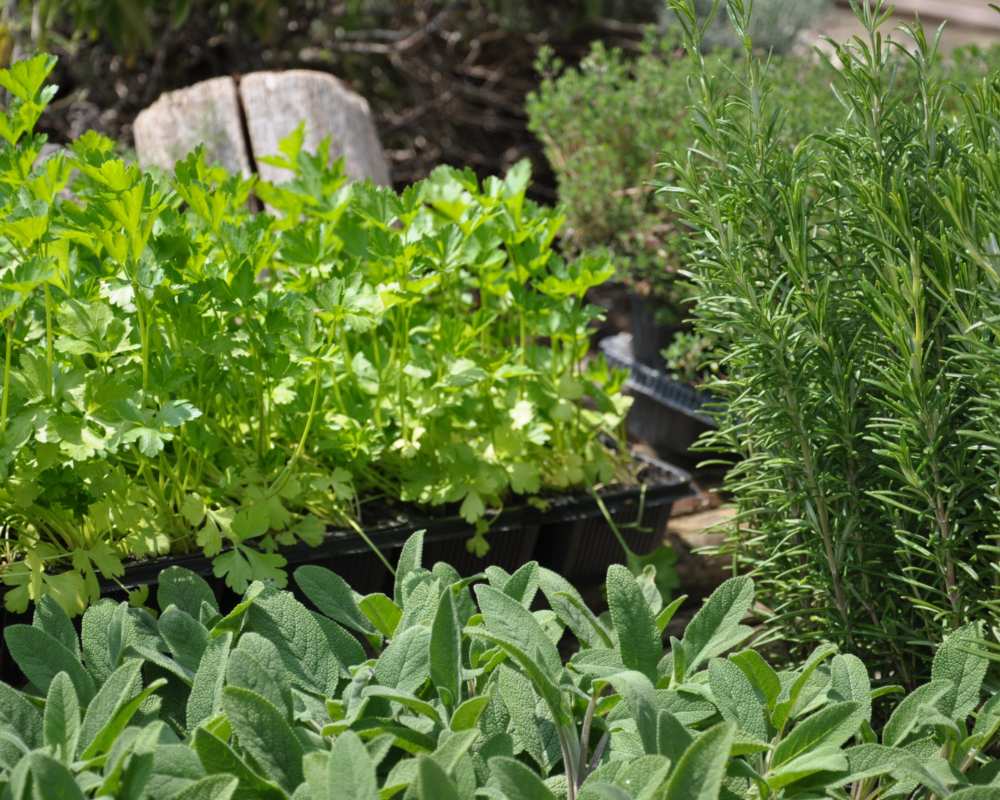
Through trial and error, I sadly learned firsthand that some traditional “companion plants” are anything but friendly to cucumbers. Even when I amended soil, provided space and met all other cucumber requirements, these plants simply did not allow my cukes to prosper. Here are three compatibly issues I encountered:
Tomatoes
Many sources suggest interplanting cucumbers and tomatoes together as classic companion plants. However, when grown in close proximity, both my tomato and cucumber plants suffered reduced yields and lackluster flavor. This suggests they may compete for nutrients or change soil chemistry in incompatible ways.
I discovered that tomatoes exude a substance that inhibits cucumber growth. So while tomatoes thrive just fine near cukes, the cucumber vines and fruits slow down significantly. For optimal harvests, I learned not to pair these two garden staples together.
Potatoes
Another traditional companion pairing that failed me was potatoes and cucumbers grown in the same bed. when planted in close quarters, the potatoes outcompeted the developing cucumber seedlings for space and soil nutrition.
As starchy tubers, potatoes need lots of room for extensive root systems and to form sizable spuds. They also prefer more alkaline soils compared to acid-loving cucumbers. Grouping them together leads to stunted growth for both crops.
For best results keep cucumbers and potatoes well separated in the garden. I designate potato beds on one side of my plot and grow cucumbers as part of my vining section on the opposite end. This prevents them from competing and impeding each other.
Aromatic Herbs
I grow many culinary herbs like basil, dill, oregano and thyme. Interspersing veggies and herbs seemed like a clever way to dissuade pests and utilize space efficiently. However, I found that growing most herbs right next to developing cukes was a mistake.
Strong fragrances from basil and oregano proved detrimental to my cucumber vines and fruit formation. It almost seemed like the aroma overwhelmed their senses, directing energy away from growth. Plus some herbs got quite woody and overgrown, eventually choking out the cucumber vines.
So while aromatic herbs offer protective qualities when planted along the garden perimeter, I avoid interplanting them directly with cucumbers any longer. Choosing mild mannered herb varieties like parsley as immediate neighbors works much better.
The challenges and frustrations I encountered by pairing supposedly compatible plants with my cucumbers taught me several lessons. I learned not to blithely trust every companion planting recommendation. I now understand the importance of closely observing how plants interact based on space, nutrient needs, competitive behaviors and chemical excretions in the soil. Most importantly, I realized that finding the RIGHT companions would be key to cucumber growing success.
Ideal Cucumber Companion Plants
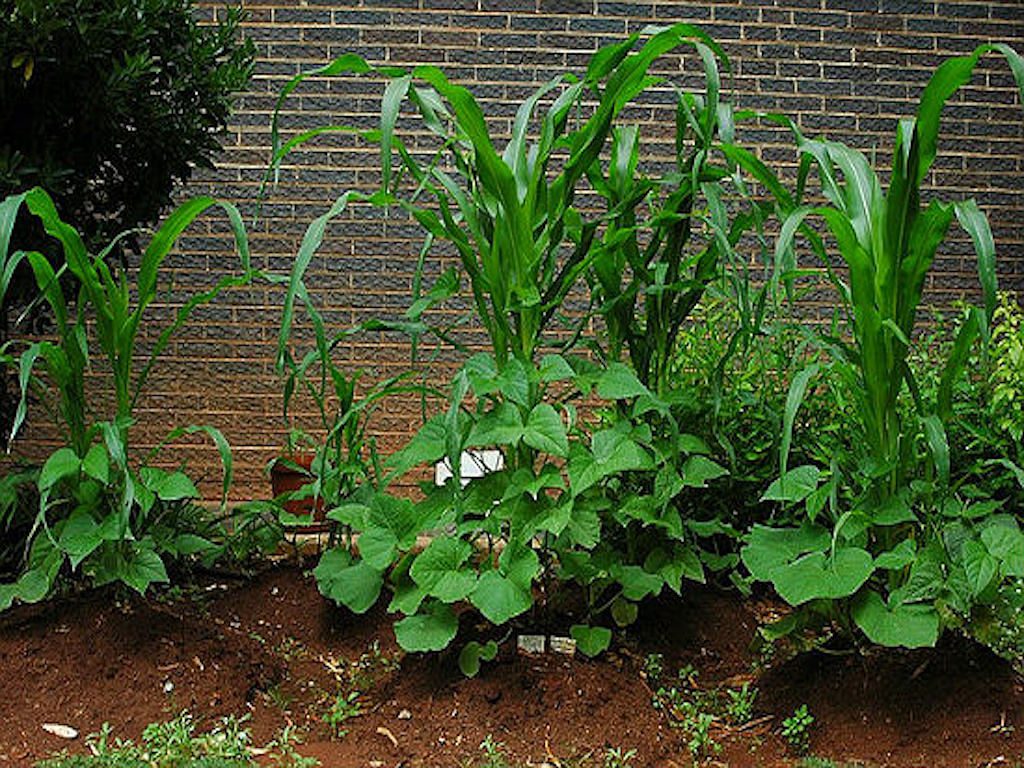
Through trial and error I gradually met with triumph in the form of three great companion plants for cucumbers. While tomatoes, potatoes and pungent herbs proved incompatible, these helpful plants became my cucumbers’ new best buddies!
Corn
I dedicated two raised beds solely for sweet corn last year. In the first, I tightly packed corn seedlings according to spacing guidelines. By mid summer, stalks towered nearly 6 feet high. But when harvest time came, ears were small, kernels undeveloped and quantities lacking.
In my second corn bed, I decided to intersperse cucumber seedlings between the emerging corn stalks. I didn’t expect much, assuming they would compete for resources. However, the cucumbers and corn developed a beautiful symbiotic relationship!
As corn stalks reached upward for sunlight, sprawling cucumber vines filled in bare ground areas without crowding. Cucumbers benefited from the shade created while corn leaves acted as a living mulch, retaining soil moisture. When corn tassels released pollen, visiting bees cross pollinated the cucumber blossoms as well.
By season’s end, the corn and cucumbers had both produced a bountiful harvest. This demonstrated the advantages of strategic planting compatibilities versus areas of single cropped rows. Corn, with it’s tall vertical habit joined with trailing cucumber vines proved to be an ideal partnership.
Beans
Bush beans make another excellent companion for cucumbers, especially when grown together on a trellis or tepee structure. As nitrogen fixing plants, beans enrich surrounding soil as they mature. This fertilizes the entire area with nutrients that benefit cukes.
Once bean vines start climbing upward, they create the perfect amount of shade and humidity for cucumber plants below. Air circulation remains strong enough to deter fungal issues, however. As beans flower and fruit, visiting pollinators transfer pollen to cucumber blooms too.
Plus bush beans and cucumbers share similar water and nutritional needs, flowering time frames and harvesting schedules. Combining them on vertical structures maximizes space while supporting mutual growth.
An added benefit I discovered when interplanting beans and cukes is that each masks the scent of the other. This makes it more difficult for potential squash vine borer moths to find suitable egg laying sites on either crop. With their flavors and fragrances obscured, both beans and cucumbers experienced less pest pressure.
Radishes
Shortly after sowing cucumber seeds in the garden one spring, I broadcast radish seeds throughout the same beds as an intercrop. I knew radishes would germinate quickly and could be pulled early, leaving space for the spreading vines. What I didn’t expect was just how much growing radishes would boost my eventual cucumber harvest.
Fast growing radish roots help break up and aerate soil. As an early season crop, they also utilize soil nutrients that might otherwise leach away before slower growing cukes become established. Plus when harvested, the remaining radish roots leave narrow tunnels and pockets ideal for cucumber growth.
But perhaps most importantly, nematodes and other soil-dwelling pests swarm radishes. Acting essentially as bait plants, the radishes lure nematodes away from damaging tender cucumber root systems. This protective quality lasts even after the radishes are long gone.
Companion Planting Maxims

Through lessons learned by both successes and mistakes, several maxims now guide my companion planting decisions:
I group plants with similar growth habits and resource needs for mutual benefit. Examples include pole beans and cucumbers sharing trellises or lettuces protected by taller kale and chard. Meanwhile, heavy feeding plants like corn and squash get separated to prevent nutrient deficiencies.
When possible, I shape compatible plant “guilds” with species supporting each other through the symbiotic services they provide. Some offer physical support for climbers, create beneficial shade or attract pollinators. Others repel pests, enhance flavors or improve soil conditions.
To help prevent disease transmission, I follow crop rotation schemes by plant family. Members of the same plant group never occupy the same bed two seasons in a row. This prevents pathogen levels from accumulating in soils.
Rather than interplant heirloom and hybrid varieties, I separate them to avoid cross pollination. Otherwise seed saving efforts get far more complicated and confusing!
Only through gaining experience and closely observing outcomes can gardeners learn which plants combine favorably. Follow these guidelines as a starting point when designing your garden layouts and making companion choices. Then keep records tracking the results! Over time you will discover first-hand which teammates give your tastiest cucumbers.
Battling Beasts: Pest Control for Healthy Cucumbers
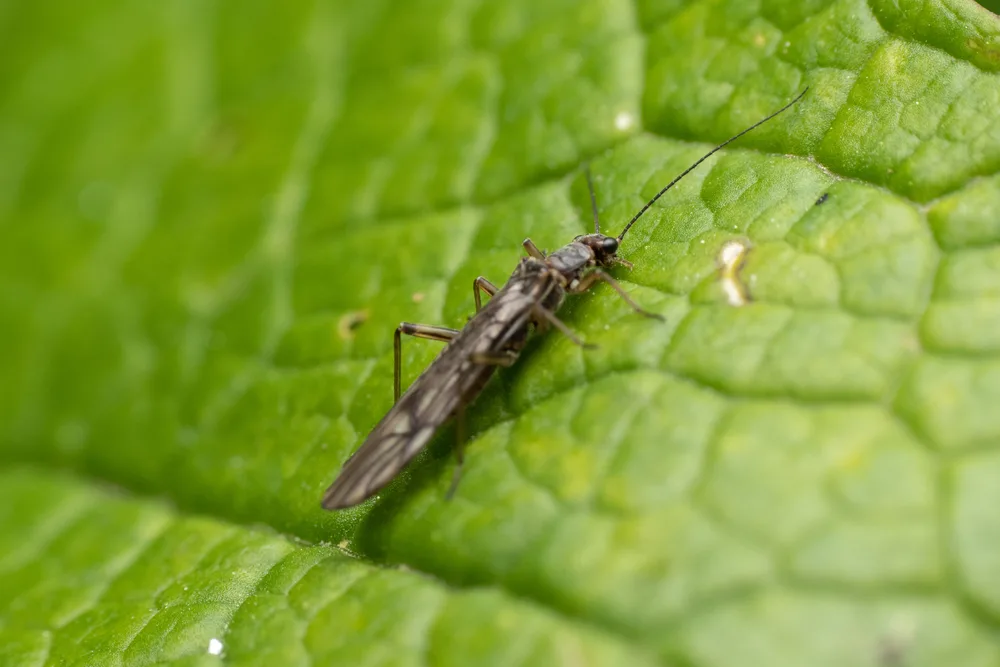
As a passionate gardener, few things distress me more than walking among my lush vegetable beds and spying destruction from dreaded pests. And it seems cucumbers tend to attract more than their fair share of bugs, beetles and plant munching worms. Over the years through trial and error, I’ve come up with some highly effective pest control techniques specifically for cucumbers. Read on for my hard won tips to ward off these beasts in your own garden!
Know Thine Enemy
When facing a platoon of pests, the first rule of engagement is to properly identify the attacking forces. Different cucumber invaders call for customized counter strategies after all. The main cucumber criminals to watch for are cucumber beetles, squash bugs, squash vine borers, aphids, spider mites and pickleworms. Learn to recognize signs of attack so you can pinpoint weaknesses in your defenses.
Cultural Controls
Preventative measures should be the first line of pest control. Making your garden as inhospitable as possible to pests takes some work upfront, but saves headaches later. Start by selecting resistant varieties bred to deter common cucumber attackers. Next ensure plants have ideal growing conditions to stay vigorously healthy, as weakened specimens become most vulnerable.
Add structural barriers too like row covers to block access or sticky collars to halt climbing bugs. Traps draw pests away from plants as well. And don’t forget beneficial insects! Welcoming ladybugs, lacewings, syrphid flies, tachinid flies and trichogramma wasps recruits allies against pests.
Get Physical
When prevention fails and you spy squadrons of pests assembling, roll up your sleeves and get physical! I often hand pick larger beetles, caterpillars or slugs and drop them into jars of soapy water. For smaller bugs, try spraying away with sharp blasts from the hose. Just avoid damage tender leaves and stems.
You can also apply lightweight row cover fabric directly on plants as movable barriers. Secure the edges thoroughly though so pests can’t sneak underneath! Adding netting over tunnels or individual fruit harnessing cucumbers provides extra protection too. Just be sure to regularly check for any squash trapped underneath.
Managing Infection and Disease

Even when protected from pest invasions, cucumbers can still fall victim to various plant diseases. Catching issues early makes treatment more successful, so learn to recognize common cucumber afflictions. Maintaining vigilance along with smart prevention and treatment choices limits disease damage and protects your bountiful harvest.
Fungal Foes
Numerous fungal pathogens plague cukes by attacking root systems, leaves and developing fruits. Telltale powdery white or gray coatings give away fungal activity. Minimize conditions these microbes favor such as high humidity, crowded plants and poor air circulation.
Powdery Mildew
The most prevalent cucumber frustration, powdery mildew manifests first as pale splotches on older foliage. It soon spreads to coating entire leaves in flour-like films. Left unchecked, powdery mildew chokes off nutrients, reducing vine and fruit vigor. Effective fungicides include chlorothalonil, myclobutanil or horticultural oils. Better yet, simply plant resistant varieties!
Downy Mildew
While rare in drier regions, downy mildew can prove devastating in cool, moist climates. Initially subtle mottled areas on leaf tops transition into tan lesions with fuzzy gray-purple mold on undersides during wet weather. Stopping wind currents limits spread while stringent sanitation and fungicide sprays treat existing cases.
Damping Off Disease
Nothing disheartens gardeners more than eagerly sowing seeds only to watch seedlings keel over from damping off disease. Various fungal pathogens attack stems at soil level, disrupting vascular flow until leaves wilt permanently. While fungicide sprays treat established plants, only prevention truly protects precious seedlings.
Avoid overcrowding, overwatering or planting too early before soil warms. Disinfect containers and tools then sprinkle seeds lightly with elemental sulfur powder to deter fungi. Giving sprouts space for air flow and sunlight prevents damping off distress.
FAQs
As sprawling vines that spread out significantly, cucumbers require substantial space. Bush varieties need at least 1-2 square feet per plant while vining types need trellises or 3+ feet between hills. Too little room stresses plants, reduces yields and makesharvesting difficult.
Don’t rush to start seeds too far in advance or leggy, stunted seedlings result. Sow seeds 1-3 weeks before your last expected frost date. Wait for soil and ambient temperatures to warm or use a heating mat for steady germination. Harden off gradually before transplanting seedlings outside.
Cucumbers thrive when grown in nutrient rich, well-draining soil, making compost an ideal supplement. Mix 1-2 inches through planting beds or amend hills generously when sowing seeds or transplanting starts. Compost feeds plants and fosters beneficial microbial activity in soil. Just ensure it has fully finished “cooking”.
Growing habits differ between varieties but most produce higher yields when vines run horizontally. Only extremely limited space necessitates training cukes vertically. Provide trellises or cages to support the weight of fruits if directing vines upwards. Avoid forcing plants unnaturally as it stresses their development.
Multiple factors can trigger bitterness in cucumbers. Extreme temperature shifts, moisture fluctuations, poor nutrition and age negatively impact flavor. Ensure steady growth conditions and harvest fruits young. Bitterness also naturally develops in cucumber skins and stems. Peel and deseed cukes for less bitterness.
Conclusion
I hope the lessons from my journey help you find your own companion planting success when growing cucumbers. Remember that taking time to understand individual plant preferences and requirements is crucial before attempting pairings. Not all traditional combinations end up being compatible in reality.
Observe interactions closely and don’t hesitate to adapt if plants show signs of distress. No two gardens behave exactly alike. By paying attention and making thoughtful adjustments, you can orchestrate beautiful plant symbiosis tailored to your unique space. The rewards of productive plants and bountiful harvests will be well worth it!
If you try any of the promising combinations I discovered, let me know how they perform for you too. Here’s wishing you and your cucumbers the very best companions this growing season!


